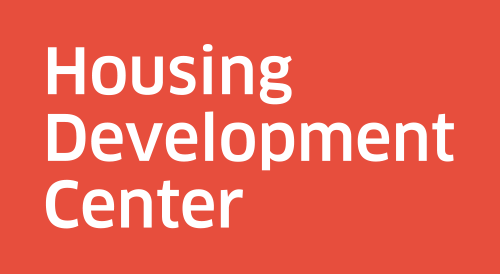Message from Traci: Oregon needs a permanent funding source for affordable housing preservation.
We know that to end housing insecurity and homelessness, we must increase the supply of affordable homes. But we will delay our progress toward that goal if, in our haste to fund construction of new units, we neglect to preserve and re-invest in the affordable homes we already have. Preservation is loss prevention; the alternative is liquidation. As National Housing Trust CEO Priya Jayanchandran wrote in a Shelterforce article in May, reinvesting in existing affordable housing is a quick and cost-efficient path to help meet our housing supply goals, compared to building new. And, importantly, it keeps people currently living in housing they can afford from losing their homes.
“Reinvesting in existing affordable housing is a quick and cost-efficient path to help meet our housing supply goals, compared to building new.”
Oregon’s portfolio of affordable housing includes tens of thousands of rental units across hundreds of properties. These homes are lifelines to low-income seniors, people with severe physical disabilities, and other families and individuals vulnerable to homelessness. Oregon’s housing leaders have shown, repeatedly, that they have the capacity and skill to move quickly to preserve these assets. The state has invested $452 million, and owners (mostly private nonprofits) have leveraged $2.6 billion more to preserve 13,000 affordable units since 2006. These preservation efforts have resulted in the creation of an estimated 26,624 jobs and the retention of $1.8 billion in federal housing subsidies.
But many aging properties continue to operate without needed public reinvestment. A study of 241 Oregon affordable housing properties conducted by HDC staff in 2019 found that 23% were financially struggling, operating with too little cash flow to fund ongoing physical needs. The cause of these financial challenges is not mismanagement; it is a structural flaw in the way we produce affordable housing. We invest enough public funds to keep properties healthy and operational for 15 to 20 years under projected economic conditions. For the remainder of affordability periods that typically last 60 or more years, owners are left—unreasonably, given restricted rent streams and unpredictable economic trends—to meet capital needs on their own. The portion of struggling properties can be assumed to be much higher today than it was in 2019, given steep and sudden operating cost increases that housing properties nationwide have experienced in the past five years. (These cost trends were broken down by HDC’s Liz Winchester and Kimberly Taylor in a February blog post.)
“The unpredictability of preservation funding not only leaves affordable homes at risk of loss; it also leads to timing problems and inefficiencies that add to the cost of affordable housing.”
The next step in protecting our existing affordable housing supply is to create a permanent source of preservation funding at the state level. At present, no such source exists. The unpredictability of preservation funding not only leaves affordable homes at risk of loss; it also leads to timing problems and inefficiencies that add to the cost of affordable housing. As Oregon enters its next legislative session, we urge our elected leaders to create the permanent preservation funding source that Oregon deserves—and to fully tally and fund our existing portfolio’s preservation needs.
Beyond this, we encourage policymakers and developers to resist the temptation to repeat the cycle of underinvestment in newly developed units, as we all work together to meet important housing production goals. As we road-test OHCS’s new ORCA process, let’s put systems in place so that new properties have the solid financial foundations they need to serve residents in the future.
Let’s protect against losses that negate the impacts of our hard-won investments to increase our housing supply.
Correction, June 29: An earlier version of this post stated that the legislature allocated no dollars for preservation in 2024, despite a $50 million request from affordable housing advocates. In fact, the legislature allocated $50 million in 2023 that will continue to be used this year. A request for an additional $30 million in 2024 was denied.

